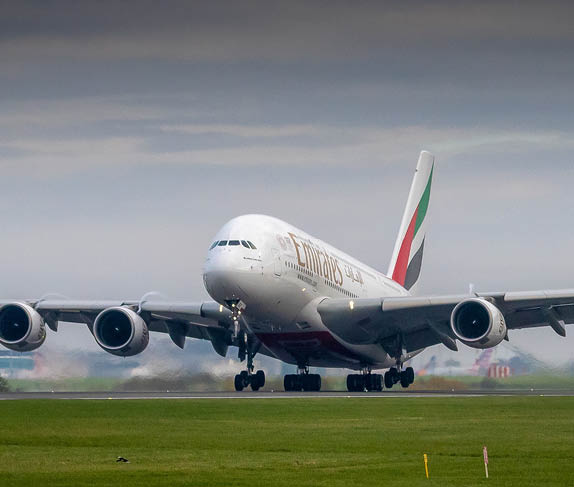Pakistan International Airlines (PIA) managed to beat expectations to narrow losses by 44.89% to Rs10.131 billion for the six months to June 2014 year on year. Figures were buoyed by an 11% increase in revenues to Rs53.34 billion, gross profit stands at Rs338 million for January-June 2014 this indicates better fleet management during the period. Figures were waxed somewhat by a Rs5.23 billion exchange gain as the rupee strengthened against the US dollar during the first quarter. PIA cannot escape the fact that its books are at the mercy of exchange rates, this year it has posted a gain but during the same period last year the airline posted an FX loss of Rs1.46 billion. Indeed during the second quarter of this reported half, the airline suffered an exchange loss of Rs370 million.
The problem for PIA is debt. It has a mountain of it standing at Rs279 billion with cost of finance increasing by 21.7% to Rs7.33 billion during the period alone. Against this mounting cost of debt, the airline is reducing administrative expenses – during the period they came down by 6.7% to Rs4.34 billion from Rs4.65 billion.
The books do throw-up some worrying stats – ancillary revenue as fallen by more than 80% during the first half and by 90% during the second quart of the first half year on year.
The Pakistani government has been arranging loans for the airline to give it working capital, without these funds the airline would not be able to pay creditors, salaries etc. PIA continues to push the government for additional funds so that it can lease more A320 or 737 aircraft but with the carrier being funded on a day-to-day basis by a weakening government in a country that is politically volatile, and with knowledge that many PIA aircraft are grounded at this time and are being cannibalized to keep others in the air, you have to ask – Would you lease-in your assets to PIA right now?
The Pakistani government continues its push to sell PIA after the restructuring process but the road is a very long one. PIA, although showing interest, has not yet moved to apply new fuel hedging structures following the fall of oil below the $100 mark this month, this could be a further costly mistake.
Many airlines are racing to increase their jet fuel hedge positions – securing fuel all the way out to 2016 on current prices. Even though the very same process caught all the majors out in 2008 when both oil prices and demand all but halved on them. This time around airlines are once again gambling that there are not going to be any shocks to the global economy.
Traders have informed Airline Economics that interest in hedging fuel requirements has increased over recent months but it has “gone through the roof” this week as oil closes in on falling below $95.00 a barrel. But traders worry that further soft economic data from China, India, Brazil and Russia could force oil below $95 a barrel, but not by much, thus a near term hedge at $95 is looking attractive. One thing is for sure: Keep a watchful eye on oil prices and its impact on airlines – any major that does not increase fuel surcharge fares over the next few months will be running a loss on their hedges. Brent and WTI stand at $96 and $92 respectively. If Singapore prices follow this and fall below $100 a barrel then the red ink will flow for most airlines hedged earlier this year well above that rate in the $110 mid-range.

